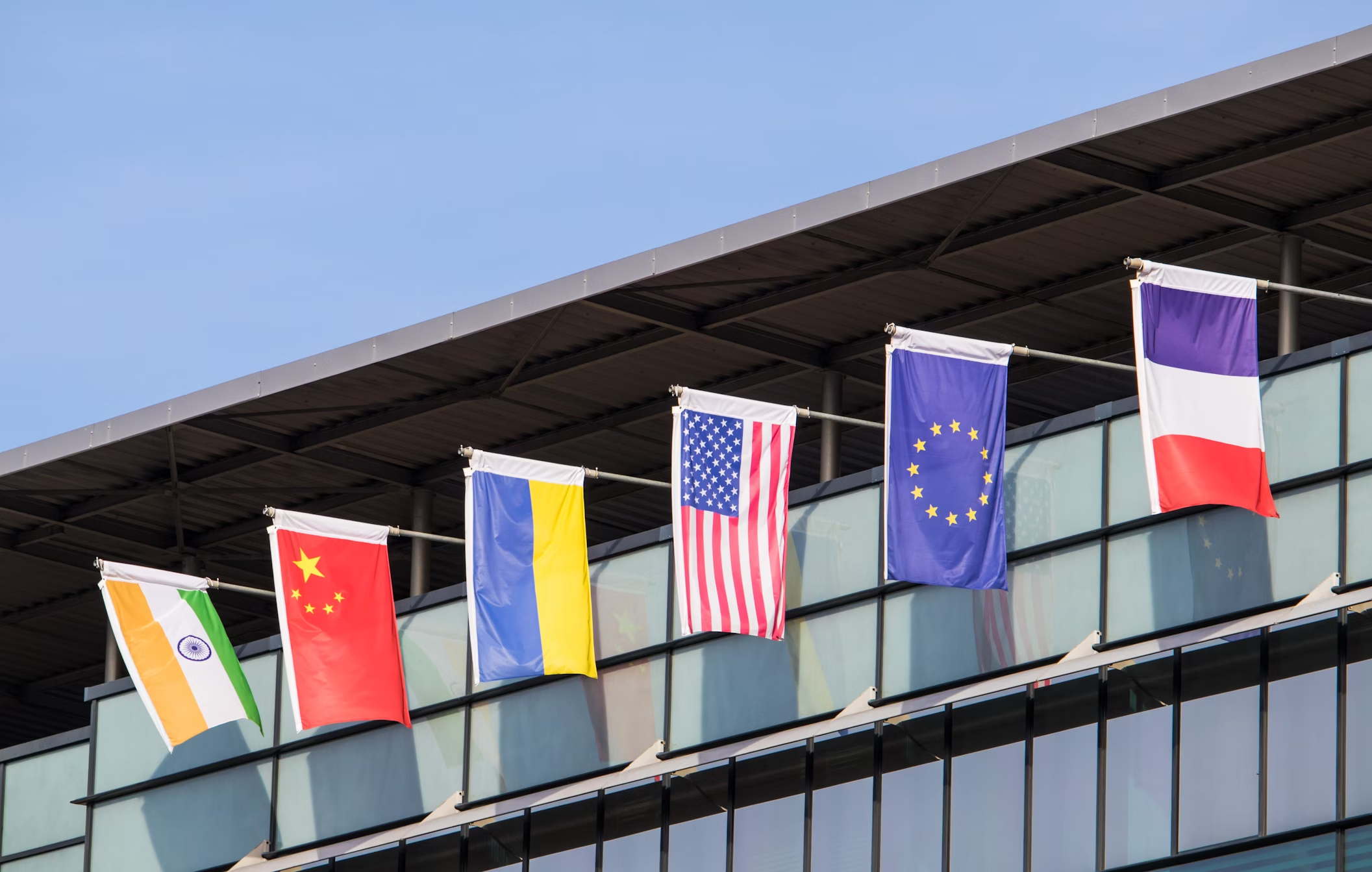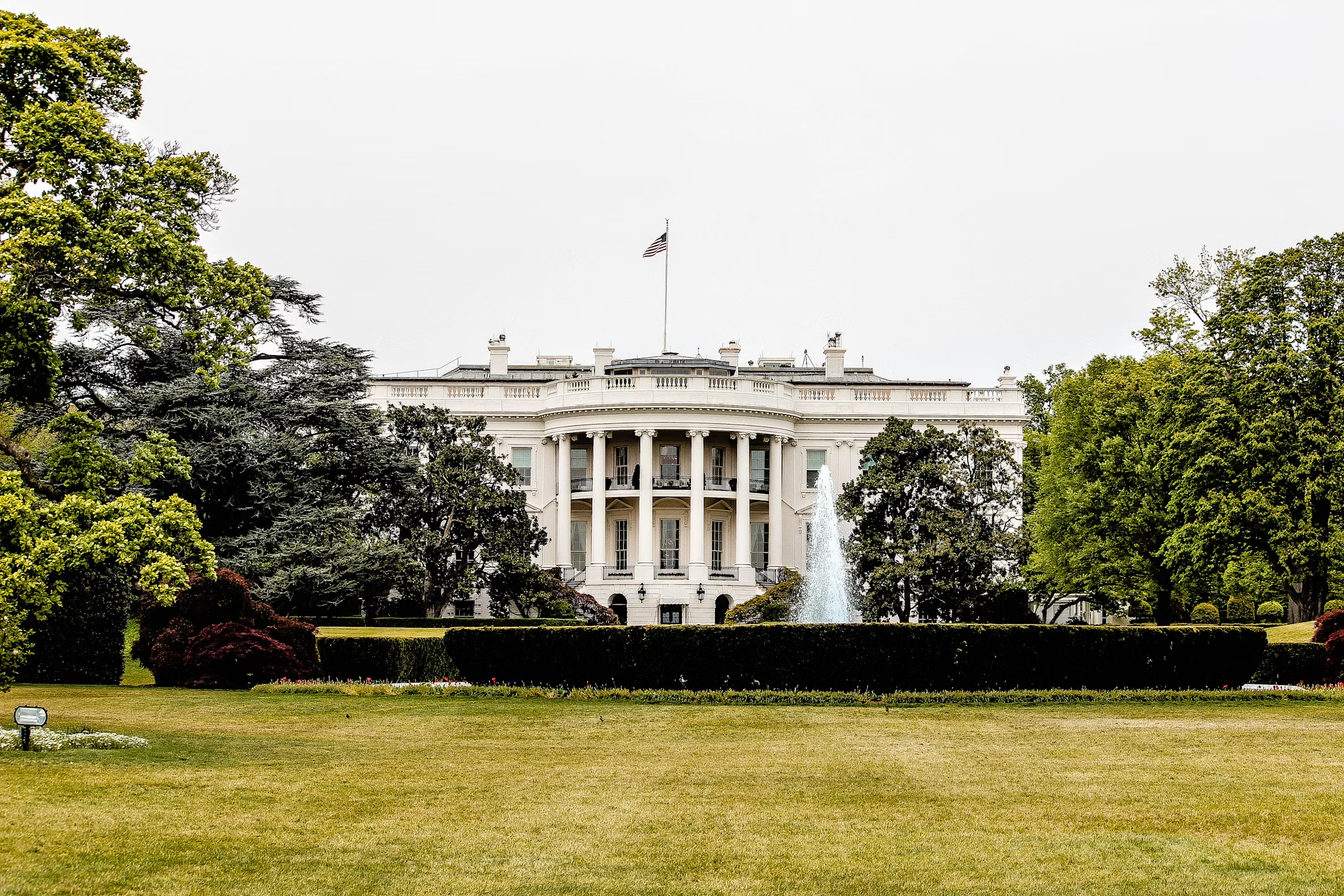For generations, chemistry research has been the domain of the United States and the European Union, each leveraging formidable resources, talent, and a tradition of open scientific inquiry. But over the past two decades, China has emerged as an assertive, well-funded competitor, redrawing the global map of scientific innovation. As U.S. and E.U. researchers contend with shifting political winds and budgetary uncertainties, China’s relentless ascent is reshaping not just chemistry, but the future of global science.
Investment: An Unprecedented Surge
China’s chemistry research boom is driven by historic levels of government investment. The nation’s R&D expenditures, now second only to the United States, have grown at double-digit rates for much of the past twenty years. Flagship institutions such as Tsinghua University, Peking University, and the Chinese Academy of Sciences have been lavished with resources—cutting-edge laboratories, generous grant programs, and talent recruitment initiatives designed to lure back Chinese scientists working abroad.
In contrast, American chemistry research is largely powered by competitive federal grants and private-sector partnerships, which foster a culture of innovation but can leave researchers vulnerable to budget cuts or political interference. The E.U.’s funding model, with its blend of national and pan-European programs like Horizon Europe, rewards collaboration and societal impact but can bog projects down in bureaucracy and cross-border compromise.
Scale, Speed, and Ambition
What sets China apart is the sheer scale and speed of its scientific mobilization. Chemistry research groups are often larger and better equipped, and the government’s ability to set strategic priorities translates into rapid progress in targeted areas, from battery technology to advanced materials. China’s “megaproject” approach enables coordinated nationwide efforts—think lithium-ion batteries, hydrogen fuels, and green chemistry—whereas in the U.S. and E.U., research priorities are more diffuse and typically led by smaller, investigator-driven labs.
Talent Flows and International Collaboration
China’s rapid ascent has been powered by a two-way talent flow. For years, Chinese students and postdocs trained in elite U.S. and European labs before returning home, bringing with them cutting-edge knowledge and global networks. Today, China’s own graduate programs are attracting top international talent, particularly from Asia, while ambitious national programs such as the Thousand Talents Plan aggressively recruit overseas researchers with lucrative packages and leadership opportunities.
The U.S. remains a global magnet for scientific talent, but immigration restrictions and trade tensions have eroded its appeal. Europe’s focus on intra-EU mobility offers stability and diversity but struggles to match China’s pace or scale of growth. At the same time, some Western governments now scrutinize academic collaboration with China over concerns about intellectual property, national security, and research integrity.
Regulation, Oversight, and Scientific Culture
China’s regulatory environment is more permissive than Europe’s and, in some respects, even the U.S.’s. This gives researchers greater freedom to pursue high-risk projects or work with potentially hazardous materials, accelerating progress but sometimes raising ethical or safety concerns. The government’s strong hand ensures alignment with national priorities, but it can also introduce political interference and limit academic freedom, especially in sensitive areas.
The U.S. and E.U. continue to place a premium on research independence and ethical oversight. Europe’s stringent REACH regulations set a global standard for chemical safety, while U.S. universities lead on transparency and peer review. China, meanwhile, has made strides in addressing scientific misconduct but continues to grapple with issues of reproducibility and research ethics as its scientific establishment matures.
Outputs and Impact
China has become a powerhouse in publication volume, recently surpassing both the U.S. and E.U. in the number of chemistry papers published annually. Leading Chinese journals and scholars now shape the global research agenda in areas like energy storage, catalysis, and polymer science. However, while quantity has soared, some critics note that average citation rates and the global influence of Chinese research still trail established Western counterparts—though the gap is closing quickly.
By contrast, U.S. and E.U. chemistry research continues to excel in top-tier journals and prestigious awards, with a culture that rewards creativity, bold inquiry, and breakthrough discoveries. Yet the momentum in some emerging fields is clearly shifting toward China, especially as Western institutions face funding pressures and political scrutiny.
Industrial Integration and Innovation
China’s chemistry research ecosystem is tightly linked to industrial policy and manufacturing might. Breakthroughs move swiftly from the lab to the factory floor, driving global leadership in sectors such as electric vehicle batteries, solar materials, and specialty chemicals. State-owned enterprises and private giants alike benefit from a “whole-of-nation” approach, while Western companies increasingly find themselves licensing or collaborating with Chinese partners to access cutting-edge advances.
The U.S. excels in translating chemistry research into venture-backed startups and global brands, powered by strong tech-transfer offices and private investment. Europe’s industry is world-class in fields such as pharmaceuticals, green chemistry, and process engineering, with a focus on sustainable innovation.
The Road Ahead
As China closes the quality gap with the West, the world of chemistry research is entering a new era of multipolar competition. For American and European scientists, this raises urgent questions: Can their open, independent research cultures maintain their edge amid tightening budgets and political turbulence? Will China’s model of state-directed, large-scale research deliver the next generation of breakthroughs—or will it encounter its own limits?
One thing is certain: chemistry’s center of gravity is shifting, and the world’s scientific future will be shaped as much in Beijing and Shanghai as in Boston or Berlin. The global race for discovery has never been more intense, or more consequential.



